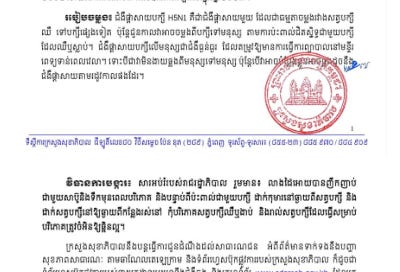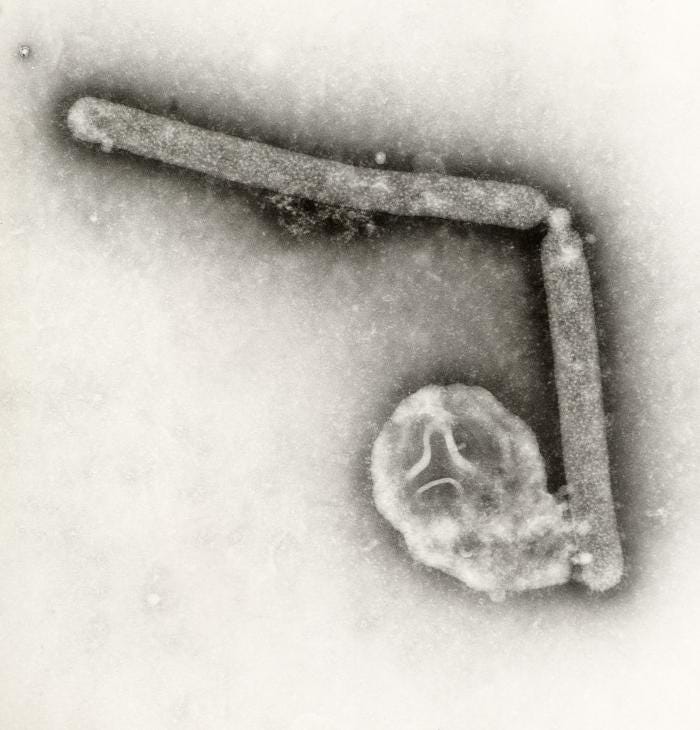H5N1 avian influenza cases reported in Cambodia
Cambodia’s Ministry of Health reported earlier this week on two additional human cases of H5N1 avian influenza. Both cases were fatal.
Over the past weekend, officials reported on a death of a 50-year-old man from Svay Rieng province. Then on Monday, the death of a two-year-old girl from Prey Veng province was announced.
Two other people are suspected of being infected with H5N1 in Svay Rieng.
These cases follow two H5N1 avian influenza cases reported in February this year.
The Ministry of Health announced on Monday that there were a lot of dead chickens at the house of the two-year-old baby girl who died of H5N1 in Chhmar Lot village, Smaong Khang Tboung commune, Kamchay Mear district in Prey Veng province.
According to a tweet today from Jurre Y. Siegers, PhD:
Great to see these sequences out on @GISAID (ID# 18366401 & 18373263) so fast. Similar to the two cases in February 2023, both #H5N1 #influenza viruses belong to clade 2.3.2.1c viruses and similar to viruses circulating in the region for ~10 years.
From 2003 to 2014, Cambodia reported 56 human H5N1 avian influenza cases, including 37 deaths. They then went without reporting a case until this year.
Avian influenza is caused by those influenza viruses that mainly affect birds and poultry, such as chickens or ducks. Clinical presentation of avian influenza in humans may range from flu-like symptoms (e.g. fever, cough, sore throat, muscle aches) to severe respiratory illness (e.g. chest infection). Eye infection (conjunctivitis) and gastrointestinal symptoms (e.g. nausea, vomiting and diarrhoea) have also been reported. The incubation period ranges from 7 to 10 days. The more virulent forms can result in respiratory failure, multi-organ failure and even death.
Subscribe to Outbreak News TV on YouTube
People mainly become infected with avian influenza virus through contact with infected birds and poultry (live or dead) or their droppings, or contact with contaminated environments (such as wet markets and live poultry markets). Human-to-human transmission is inefficient. People in close contact with poultry are more susceptible to contracting avian influenza. The elderly, children and people with chronic illness have a higher risk of developing complications such as bronchitis and chest infection.






